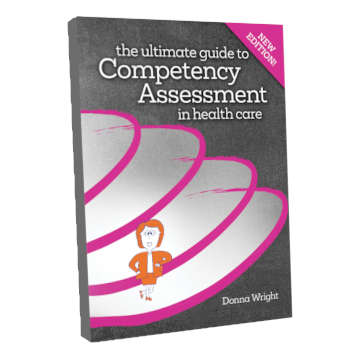by Brett Long, MHA
CHALLENGE
Since the introduction of the Lean process improvement method to health care nearly 20 years ago, there has been a subtle battle going on. Whether organizations dipped their toe in the water or dove into the deep end, many have struggled with how Lean relates to building a culture of empowerment, trust, psychological safety, and deep employee engagement. Having led one of the first Lean implementations at a health care organization over 15 years ago, and now having the privilege of leading patient-centered engagement strategies at organizations that are also implementing Lean, it is clearer than ever to me that a resistance to Lean is unnecessarily robbing organizations of even greater transformation. Rather than Lean being seen as a culture building effort, it becomes the target of employee cynicism.
There are two primary, related reasons for this challenge:
1) We adopt the heavy-manufacturing brand of Lean, which doesn’t prioritize employee input and engagement.
2) We view a Lean implementation as solely addressing customer pain points, rather than also addressing processes that frustrate employees and teams.
If a health care organization has fully adopted the manufacturing version of Lean (or the classic Toyota approach), it will no doubt face tension among practicing clinicians and caregivers because of the heavy technical focus. This approach is rooted more in an industrialized and mechanistic point of view that doesn’t deeply value the role of culture, individual perspectives, or the advantage inherent in seeking unique and diverse points of view. In short, if you adhere to this industrial, mechanistic approach, people will feel left out of the effort, and they will not support it. Similarly, if Lean implementation is being used solely to fix broken patient/family processes and for cost reduction, its effectiveness will be limited.
Let’s face it: Health care is different. We are in a knowledge industry with highly trained professionals who are deeply invested in providing topnotch care. And let’s not forget they are also humans with fairly predicable needs and wants around positively influencing their work, contributing their unique talents, and feeling like they are making a difference. At the end of the day, that’s what keeps us all coming back. Any process improvement method, or any change effort for that matter, that doesn’t centrally incorporate these needs into the implementation process will fail. I guarantee it.
OPPORTUNITY
We have a wonderful opportunity to learn from the first 20 years of Lean and create the next generation of process improvement in health care. Evolving the Lean approach to incorporate deeper engagement of our caregivers and aiming it at the thorny issues that plague them, will take us to new improvement levels. Lean can then become be a culture builder, rather than a cultural stumbling block.
Here are three points to help move us toward building a Lean + Love culture in health care.
Inspire the Team
Most new programs, initiatives, change efforts fall far short of their promised outcomes, not because of technical missteps but because of aggregated human resistance. This comes from failing to effectively inspire a critical mass of leaders and team members as to the “why” of any transformation. Start with the Quadruple Aim to help ground people in the necessity for change.
Impress the Team Quickly with Efficiencies that Matter to Them
Utilize the powerful Lean tools to reduce wasted time and frustration for overwhelmed caregivers—streamline documentation, improve clinic efficiency, etc.
Build in Opportunities for Self-Awareness and Self-Care
Remember that the 3 Key Relationships model is central to any and all work in health care. It all starts with our caregivers showing up whole, well, self-aware and in a position to bring their best every day.
Lean has proven itself to be a powerful process; if it wasn’t powerful, people wouldn’t fear it. For this reason, it’s important to put a lot of thought and focus into making your Lean initiatives as loving as possible. No matter how technically spot-on the plan is, your effort will only be successful if a critical mass of the staff feels seen, heard, and valued, every step of the way.







